Katya and Kolya at home and in school
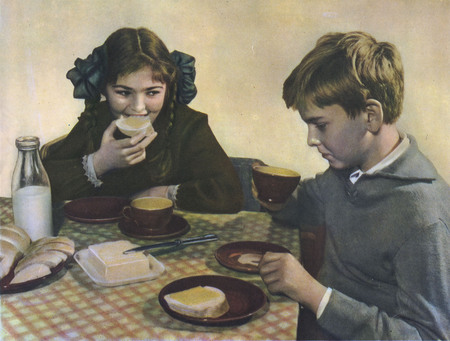
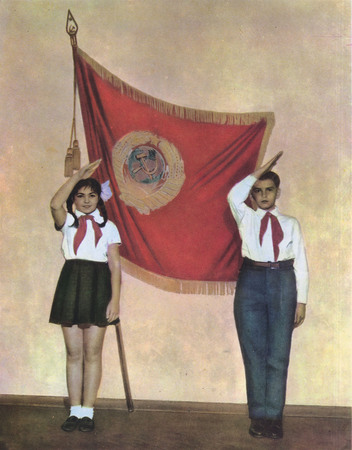

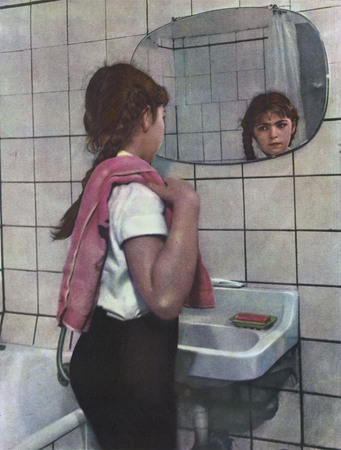

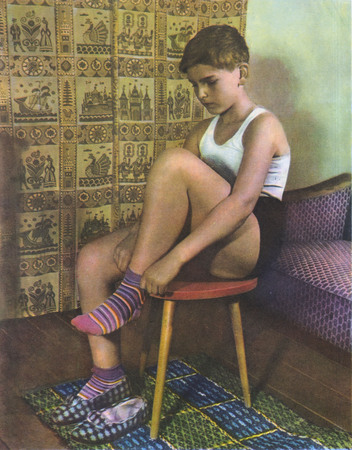
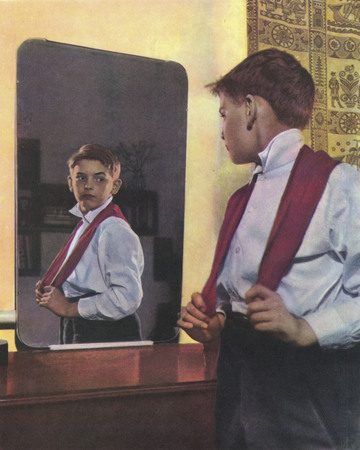
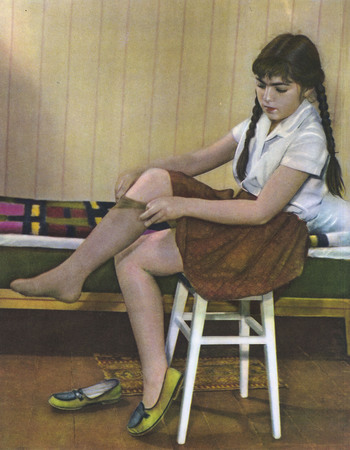
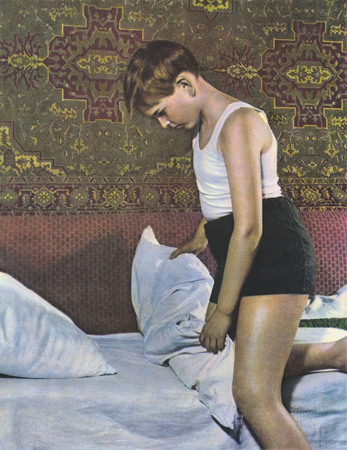
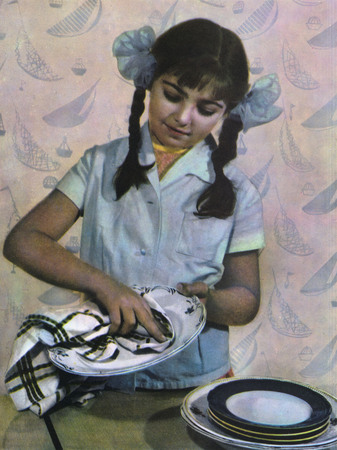
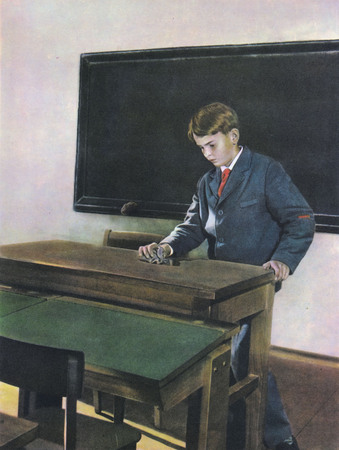
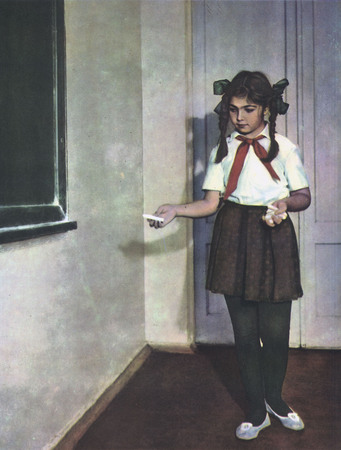
From “Katya and Kolya at home and in school” series. Soviet set photography 1960’s. Private collection
From “Katya and Kolya at home and in school” series. Soviet set photography 1960’s. Private collection
From “Katya and Kolya at home and in school” series. Soviet set photography 1960’s. Private collection
From “Katya and Kolya at home and in school” series. Soviet set photography 1960’s. Private collection
From “Katya and Kolya at home and in school” series. Soviet set photography 1960’s. Private collection
From “Katya and Kolya at home and in school” series. Soviet set photography 1960’s. Private collection
From “Katya and Kolya at home and in school” series. Soviet set photography 1960’s. Private collection
From “Katya and Kolya at home and in school” series. Soviet set photography 1960’s. Private collection
From “Katya and Kolya at home and in school” series. Soviet set photography 1960’s. Private collection
From “Katya and Kolya at home and in school” series. Soviet set photography 1960’s. Private collection
From “Katya and Kolya at home and in school” series. Soviet set photography 1960’s. Private collection
From “Katya and Kolya at home and in school” series. Soviet set photography 1960’s. Private collection
Moscow, 18.03.2005—10.04.2005
exhibition is over
Moscow Museum of Modern Art
Petrovka St., 25
Share with friends
Soviet set photography 1960’s
Private collection
For the press
Socialist realism really did exist in Soviet photography. Some convincing proof of this fact can be found in the folder «Tables and Records for the Development of Speech on English Lessons in the Fifth — Eighth Grades», released by the «Prosveshcheniye» Publishing House in 1968. It is based on a photo series created by D. S. Smirnov in
The object of this folder is to help a schoolboy learn English. Its significance today lies in the fact that it is a unique visual document of the 1960s. It portrays all the different facets of the life of Soviet kids in such a way that no other photo series of the decade can equal. Nick is going to an ice-ring. Nick’s mother has a headache. Kate is dusting the writing-desk. Vegetable shop. Gene and Pete play checkers. Pioneers in canoes. Children in an amateur show. Kate brushes her teeth. The Exhibition of the Achievements of the People’s Economy. All in all some 197 pictures showing life in Moscow in the 60s (there are also seven photographs of Great Britain plus two maps). Less than a third of this collection is shown at the exhibition — only those shots relating the story of sister and brother, Kate and Nick.
This is not a reportage, but production photography. It was made in real interiors, in the city and in the countryside, on dozens of different sets during each one of the four seasons. In terms of scale this cycle exceeds the famous documentary serious of 1931 «A day in one Moscow workers’ family» (which was created by three photographers and one editor). Similarly this was a project quite difficult to organize (for example, to make one shot from a plane’s ladder required a special permission from the authorities). And in terms of technique these prints differ very much both from the Constructivist photos of the 30s and from the Soviet reportage of the 60s.
What we have here is black and white photography painted with aniline and then reprinted. In this kind of production the person retouching the shots played a role at least as important as the photographer himself. He or she painted the picture with different colors; improved those details which seemed unclear (sometimes these were the facial features of all the personages, like in the scene with the plane ladder); «engraved» different small things (such as the inscription «Chapaev» on a movie poster hung over a box-office in one of the shots); glued in other photos (for instance, a picture of a football match in order to represent a TV screen). These additional details sometimes strongly influenced the impression that one got from the central scenes of the series. The tones used in retouching determined the color scale of each work, but after reprinting it changed quite substantially. Taking these details into account I am not sure that we can apply the term «originals» to the photographs themselves. They were initially made to be reprinted and the only «original» form of their representation is the 1968 folder.
The direct object of this folder is to help to learn a foreign language. But in a broader sense it shares the same aesthetic with Socialist Realism, its object being to create a new kind of person by using the best examples taken from contemporary life.
In this case the main characters are «central» Moscovites. Their everyday life clearly shows that they belong to the Soviet elite. They are not the highest Communist Party circles, of course, but equally not working-class. Dozens of details betray their standard of living which shows that they are better off than the average «intelligentsia» of the capital.
A «Paris» brooch with the Eiffel Tower on the granny’s blouse. A new house in a prestigious central area, from which Nick is driven away in a taxi. A language laboratory that specialized schools have with a more thorough education of foreign languages. German-made (from the GDR) telephones and blankets. Playing tennis on a comfortable court. In terms of the wealth and diversity of the details of everyday life this series cannot be matched by any other. A visitor who would expect to see at the exhibition a photo-documentary of common life in the 60s would be disappointed. This unique series does not describe to us the daily routine of ordinary Soviet schoolboys, it shows only how it was expected to look. It is a great illustration of a myth. And, like in fairy-tales, lifelike details do not prove that the story is true.
The main object of Socialist Realism is to show the best as a norm. Because we must remember that reality exists in a state of revolutionary development, which means that the best will inevitably become the norm.
Mikhail Sidlin


